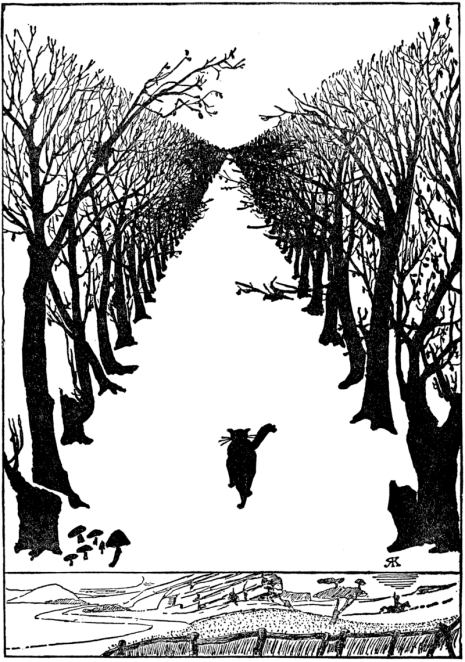 |
| Wikimedia |
I'm squeaking my entry in. It's been a gloriously busy week--all great things, so I can't complain. I love Susanna Hill's holiday writing contests, and the Halloweensie is one of my faves.
This years rules:
"Write a 100 word Halloween story appropriate for children (children here defined as 12 and under) (title not included in the 100 words), using the words candy corn, monster, and shadow. (Candy corn will be counted as 1 word.)"
My entry for this year coming in at 97 words:
The Choco-candy Momster
You see that thing in Mom’s old clothes?
We put her there to scare the crows,
but I know something no one knows…
On Halloween she leaves her post
to find the sweets she loves the most.
M&Ms and Monster Mixes,
Baby Ruths and Hershey Kisses,
Toffee Heaths and almond Snickers,
which she steals from treat or trickers.
The only candy that she scorns,
are sicky, sweety candy corns.
So …
If you see her shadow creeping
do not stop her candy-reaping
Drop all your choco-goody snacks
but take your corns …
… or she’ll be back.




